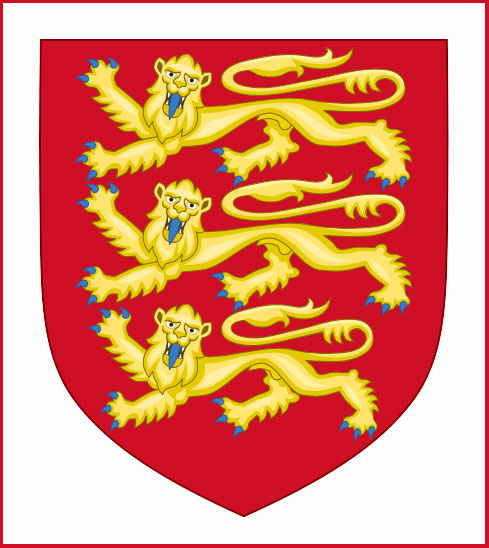Lion Lying on Plinth
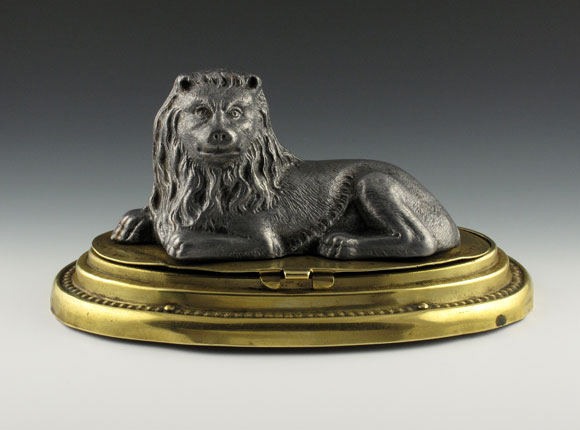
Needle Case with cast nickel-silver lion on lid
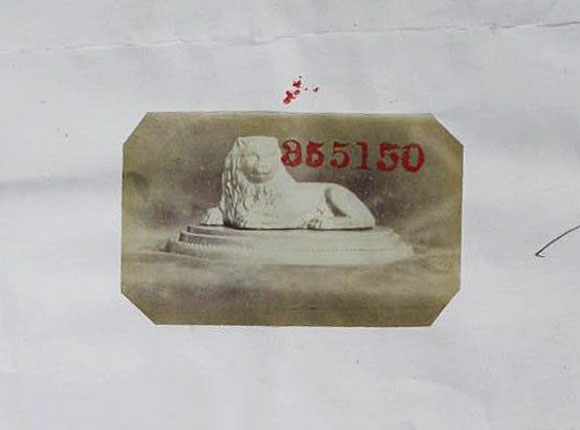
Design Representation
Design Details
Needle Case Type: |
Figural |
Patent/Registered to: |
W. Avery & Son - Redditch |
Patent/Design Representation #: |
Ornamental Class1: Metal: #355150 |
Patent/Design Registration Date: |
September 13, 1880 |
Location of Patent/Design Registration: |
The National Archives (TNA) - Kew, UK |
Reference #: |
TNA Representation - BT 43/47/355150
TNA Register - BT 44/4/355150 |
Dimensions: |
11.6 x 6.7 x 5.3 |
Material: |
Brass |
Name Variations: |
W. Avery & Son - Redditch |
Other Variations: |
a) With cast nickel-silver lion on lid
b) With gilded cast lion and bottom hinged compartment |
Additional Photographs
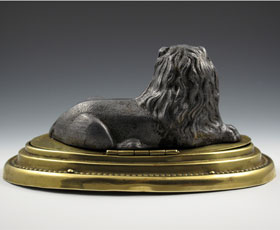

Back and side views
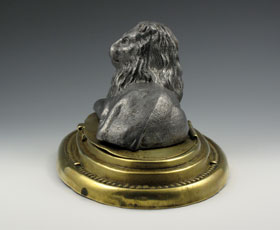
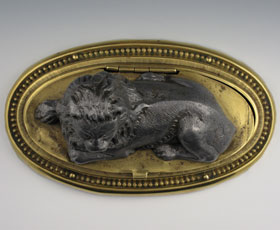
Side and top views
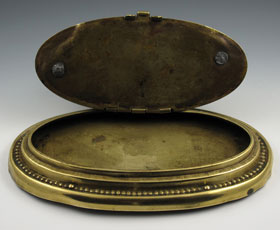
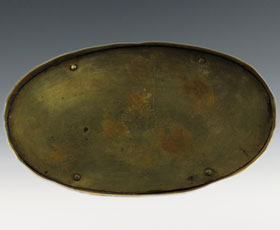
Interior and bottom views
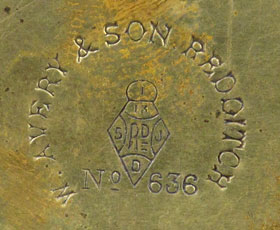
Bottom signature detail
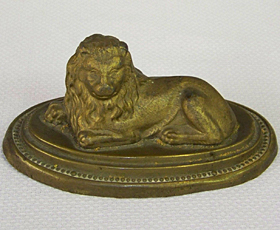
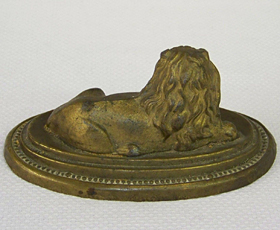
Gilded cast lion with bottom hinged compartment front and back (photos from eBay)
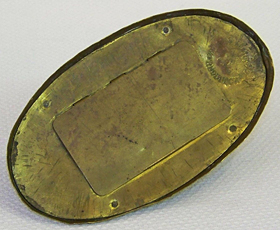
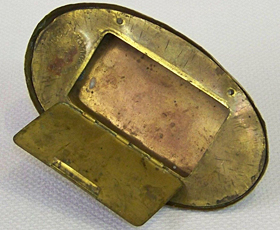
Gilden cast lion with bottom hinged compartment closed and open (photo sfrom eBay)
Facts
The lion is the second largest living cat after the tiger. Although wild lions are only found in Africa and Indian today, over
10,000 years ago, they were the second most widespread large land mammal after humans. The population of lions is currently believe to
be around 16,500-47,000 down at least 30-50% in the last 20 years, probably due to loss of habitat and contact with humans. The male
lion with his distinctive mane has been used to symbolize royalty, power, prestige, wealth and courage.
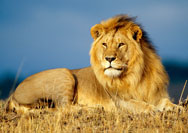
History
During the Victorian period, with its burgeoning middle class, various types of entertainment become popular. Traveling collections
or menageries of wild animals had been around since Ancient times to amuse the Egyptians, Greeks and Romans. Throughout the Medieval
period they performed for kings and the ruling class, however it wasn’t until the 19th century that the traveling circus reached the average
person. One of reasons for the increase in circus performances was colonial trade made it much easier to acquire wild animals. In
addition, with the newly installed railroad network, these circuses could more easily travel from one location to another. One of the
most admired acts of the circus was the lion tamer as he demonstrated the superiority of humans over animals. What better way to do this
then for the tamer to place his head in the lion’s mouth!
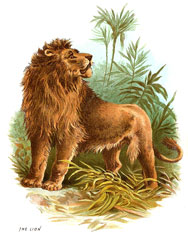
Miscellaneous
Richard I of England ruled from 1189-1199. His father was the great-grandson of William the Conqueror and his mother was Eleanor of
Aquitaine, a region in France. At age 16 he was given command of his own army and thereafter participated in many military campaigns
earning him the name Richard the Lionheart because of his military skill and leadership. After becoming king, he served as the leading
Christian commander during the Third Crusade. The armorial seal of Richard I is shown below. It consists of three identical gold
walking lions with blue tongues and claws, arranged in a column with a red background. This coat of arms was adopted by Richard's
successors and later became part of the Royal Arms of the United Kingdom.
